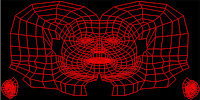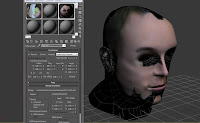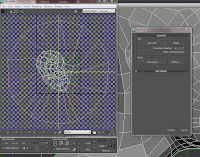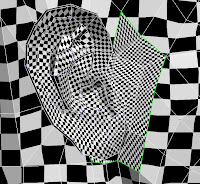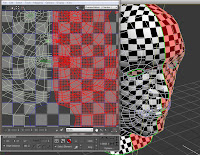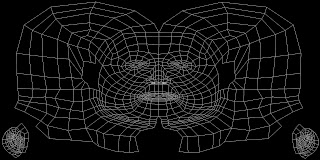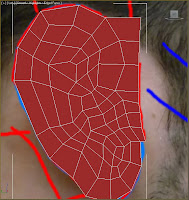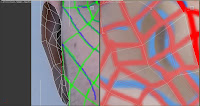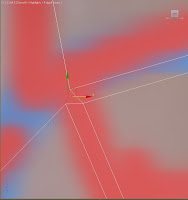Strengths:
This module has given me an insight into how professional looking models are created and what to expect when attempting to create a highly detailed piece of work.
I feel I have gained a good understanding of how details of the face can be created through both modelling and texturing as well as how bump and specular maps can be used to further improve the realisticness of the skin.
Without the ability to look at how skin tones and bone structure play an important role in the geometry of the human head would not have been able to produce the work I have managed to.
Weaknesses:
One of the major problems I had with this task is the fact that one of the reference images used was not the wrong size or scale. This caused problems at different intervals but I was fortunetly able to work around this by sticking to the image that was the correct dimensions and scale.
Opportunites:
Previous experience with modelling in 3ds max, texturing and uvw Mapping have really helped me during this task. The opportunity to follow a professional artisit's tutorials in this module has allowed me to use different features in 3ds max that was previously unknown and not used. The tutorials have also given me an insight on how a task such as this should be done and what things to look out for such as polygon shapes and position.
Threats:
I have been fortunate enough to not experience any more problems when undertaking this task, appart from the incorrect reference image - I will need to ensure that the images are setup correctly and are the correct dimensions before starting any future work like this.













